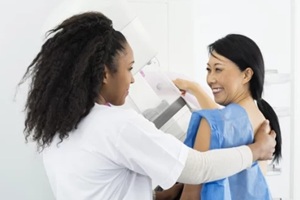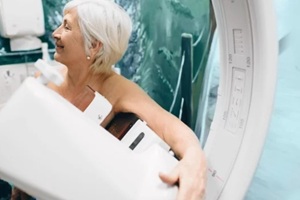 Mammography is one of the most essential medical tests women can schedule in their lives. Whether a mammogram is done once per year for screening purposes or more often due to family history or previous unusual results, patients are encouraged not to skip their appointments.
Mammography is one of the most essential medical tests women can schedule in their lives. Whether a mammogram is done once per year for screening purposes or more often due to family history or previous unusual results, patients are encouraged not to skip their appointments.
However, it is common for people to put off scheduling their next mammogram because they have not experienced any issues indicating a problem.
In some cases, mammograms follow unusual symptoms. Patients may experience nipple discharge, unusual soreness, or even a lump that they notice while going about their daily routine.
But in most cases mammograms are recommended for routine screening in women without any particular symptoms. In patients who believe they are healthy, it can be easy to skip the mammogram because nothing appears to be wrong.
In reality, this can be a dangerous approach. It is essential to understand that regular screening is irreplaceable, even if you have no symptoms.
Early Detection Increases Positive Outcomes
One of the most important reasons why women should continue to be screened for breast cancer, even if they have no symptoms, is because breast cancers can begin to develop deep in the tissues of the breast.
In these early stages, they do not typically cause symptoms; all the same, they are growing and multiplying. A mammogram can detect these early-stage cancer growths before they become severe.
When women skip screenings, they face multiple risks: the development of undetected cancer, the spread of cancer to other organs and body systems, and even damage to tissues in the breast.
Studies repeatedly show that the most important factor influencing a patient’s survival is how early the cancer is detected. In women who are screened regularly to detect cancerous growth soon after it begins, the survival rate can be as high as 99%. However, this number starts to drop the longer the cancer remains unnoticed.
Screening Creates a Habit
 Another reason regular screening is essential even if you have no symptoms is because scheduling and attending a yearly mammogram creates a valuable health habit.
Another reason regular screening is essential even if you have no symptoms is because scheduling and attending a yearly mammogram creates a valuable health habit.
Women who are used to getting their mammograms are less likely to forget and more likely to continue making appointments. Positive habits such as this support good health over an entire lifetime.
As an added benefit, women who make a habit of going to the same doctor can build a strong relationship with that medical team. This makes appointments more seamless and gives patients a more significant ownership role in their healthcare and outcomes.
Patients Develop a Health History
One factor contributing to positive health outcomes when patients get regular mammogram screenings, an element frequently overlooked, is the patient’s ever-expanding health history.
Even if a mammogram finds nothing remarkable, the imaging of the breast tissue is stored in the patient’s file. This snapshot in time holds valuable information, not just in the present but in the future.
Suppose that a patient has normal mammograms multiple years in a row. Then, during the most recent mammogram, the doctor notices an area that may be unusual but does not directly seem problematic.
Because that patient has been getting their regular screenings, even though nothing seemed wrong, the doctor has years of history to look back on and compare that unusual spot to. This can help them better understand whether the breast tissue change is attributable to age, habits, cancerous development, or something else.
The presence of a complete health history such as this also makes patients’ lives easier. Doctors who can compare multiple years of imaging and other health data may not need to recommend a biopsy where it may otherwise be necessary for a patient who has not been seen before.
Patients are encouraged to share their health information, not just their breast scans, with the medical team in charge of their mammography care. Data such as hormone levels and past medication usage can all impact how the team approaches the mammogram and its interpretation.
Get Your Regular Mammography Screening
 Getting a mammogram takes time, but investing just an hour or two once per year can save weeks, months, or even years that might be claimed due to the development of cancer and its impact on lifespan.
Getting a mammogram takes time, but investing just an hour or two once per year can save weeks, months, or even years that might be claimed due to the development of cancer and its impact on lifespan.
Women over 40 should undergo a mammogram once per year unless they have genetic factors that increase their risk of breast cancer. Even if you feel normal or have not found any lumps during at-home self-exams, scheduling a mammogram with professionals is still essential.
The Raleigh Gynecology & Wellness team strives to make this process as seamless and straightforward as possible so you can get back to what you love to do. Contact Raleigh Gynecology & Wellness today to schedule your mammogram!
